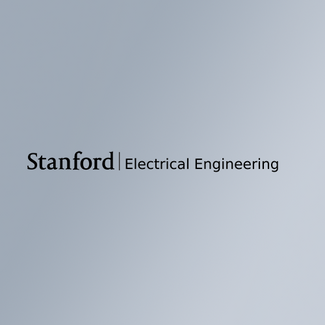
Exploring high-temperature superconductivity and polymorphic crystal structures in the nickelate La3Ni2O7
McCullough 115
Unconventional superconductivity remains a key focus in condensed matter research, traditionally centered on material classes such as cuprates, iron pnictides, and heavy fermion compounds. Recently, rare-earth nickel oxides have emerged as a new class of unconventional superconductors. Within this group, two crystal structures have garnered particular interest. The first type includes nickelates with an infinite-layer structure, such as Nd0.8Sr0.2NiO2, exhibiting superconducting transition temperatures (Tc) up to 20 K [1]. The second type consists of Ruddlesden-Popper phase nickelates, such as the bilayer nickelate La3Ni2O7, showing a remarkably high Tc of 80 K under hydrostatic pressure [2].
We have recently utilized the optical floating zone method to synthesize high-quality single crystals of La3Ni2O7, which show signs of filamentary superconductivity below 80 K for pressures above 12 GPa [3]. Employing scanning transmission electron microscopy and single-crystal x-ray diffraction, we observe multiple crystallographic phases in these crystals, with the majority phase exhibiting alternating monolayers and trilayers of NiO6 octahedra, signifying a profound deviation from the bilayer structure suggested in previous studies [2]. While investigations are ongoing to determine whether the monolayer-trilayer (ML-TL) phase or a possibly undetected bilayer minority phase is responsible for the superconducting properties, the ML-TL structure presents a unique platform for realizing high doping levels and charge transfer between its structural components. In this context, we use density functional theory to disentangle the individual contributions of the ML and TL structural units to the electronic band structure of La3Ni2O7, providing a firm basis for advanced theoretical modeling and future assessments of the potential of the ML-TL structure for hosting superconductivity.
- [1] K. Lee, B. Y. Wang, M. Osada, B. H. Goodge, T. C. Wang, Y. Lee, S. Harvey, W. J. Kim, Y. Yu, C. Murthy, S. Raghu, L. F. Kourkoutis, and H. Y. Hwang, Nature 619, 288 (2023).
- [2] H. Sun, M. Huo, X. Hu, J. Li, Z. Liu, Y. Han, L. Tang, Z. Mao, P. Yang, B. Wang, J. Cheng, D.-X. Yao, G.-M. Zhang, and M. Wang, Nature 621, 493 (2023).
- [3] P. Puphal, P. Reiss, N. Enderlein, Y.-M. Wu, G. Khaliullin, V. Sundaramurthy, T. Priessnitz, M. Knauft, L. Richter, M. Isobe, P. A. van Aken, H. Takagi, B. Keimer, Y. E. Suyolcu, B. Wehinger, P. Hansmann, and M. Hepting, arXiv:2312.07341
Coffee, tea, and cookies are available in the third-floor lounge at 2:45 pm.